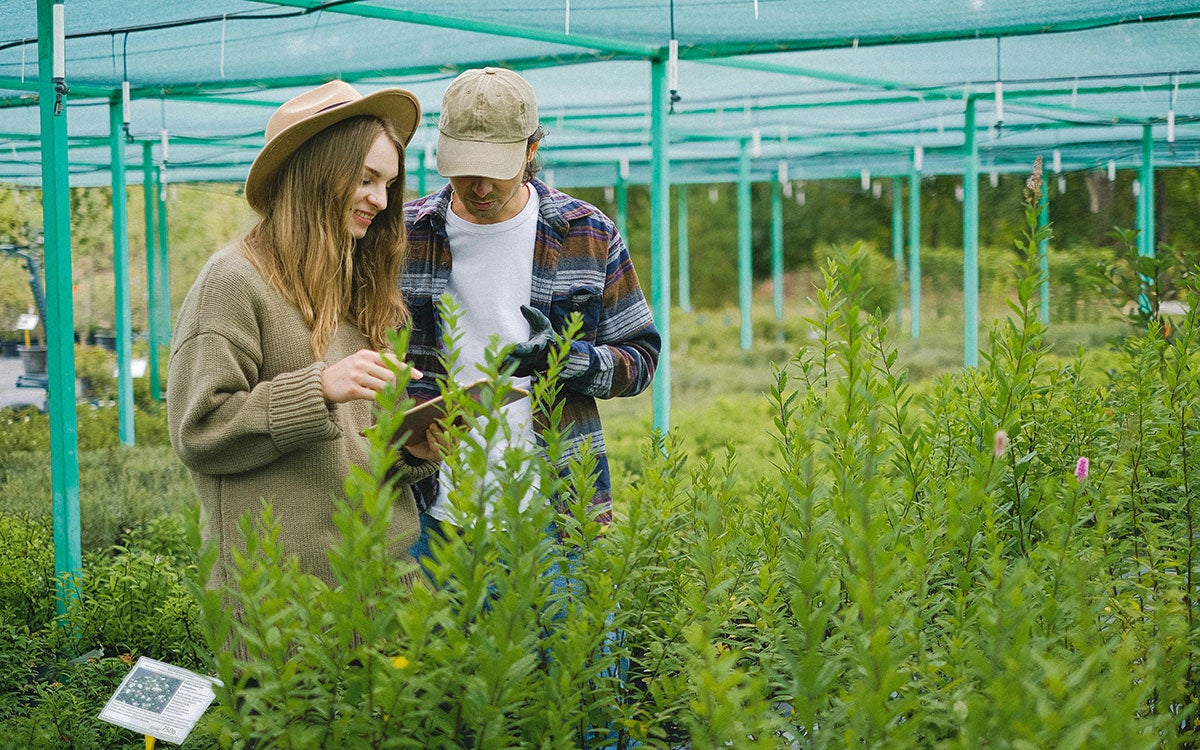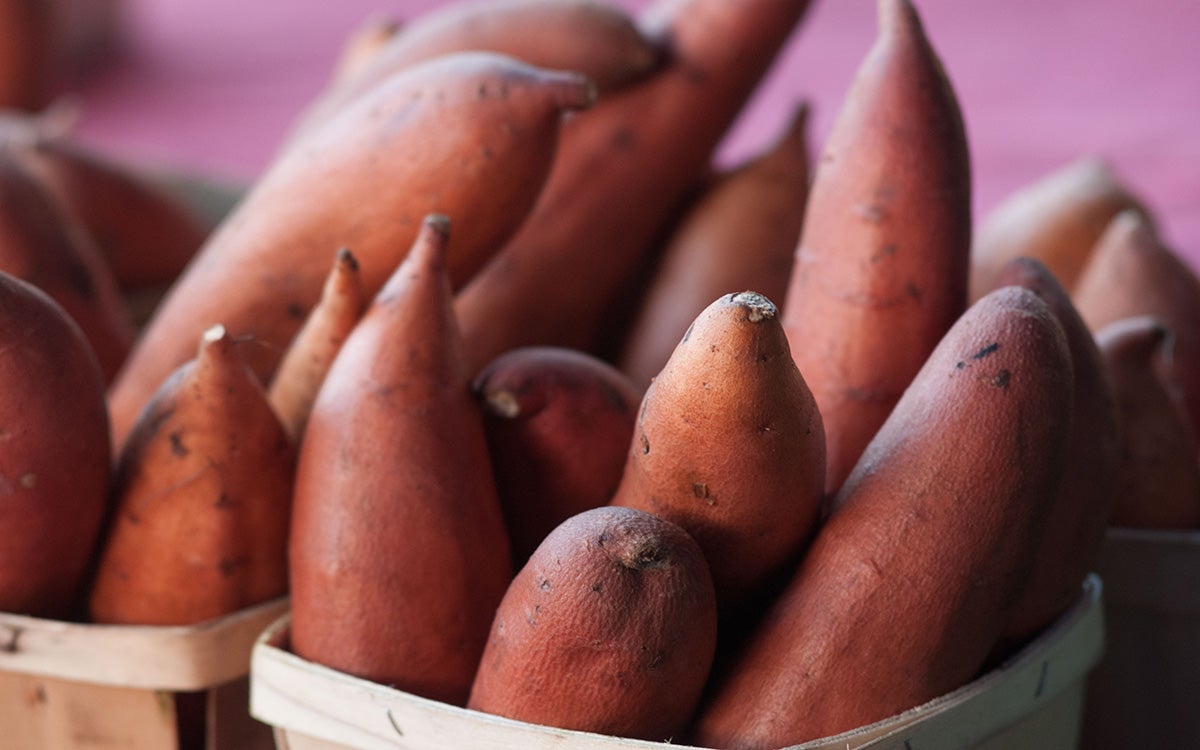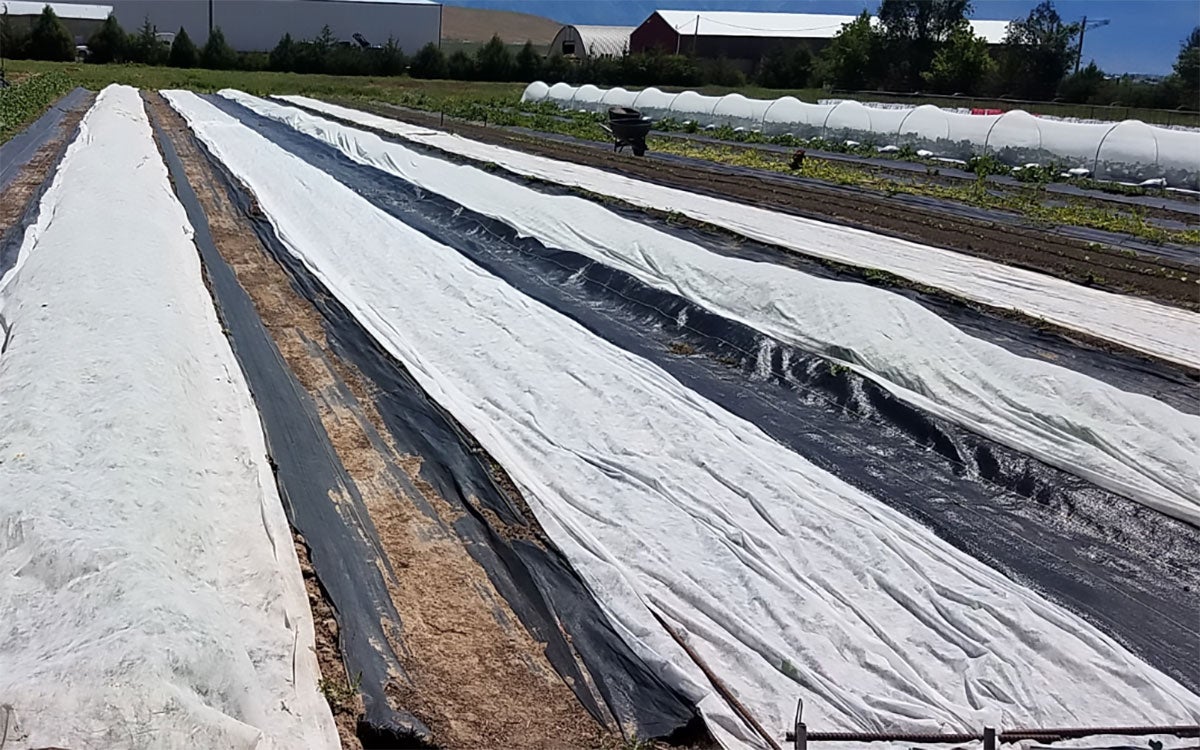Written by Rhoda Burrows, former Professor & SDSU Extension Horticulture Specialist.
Description
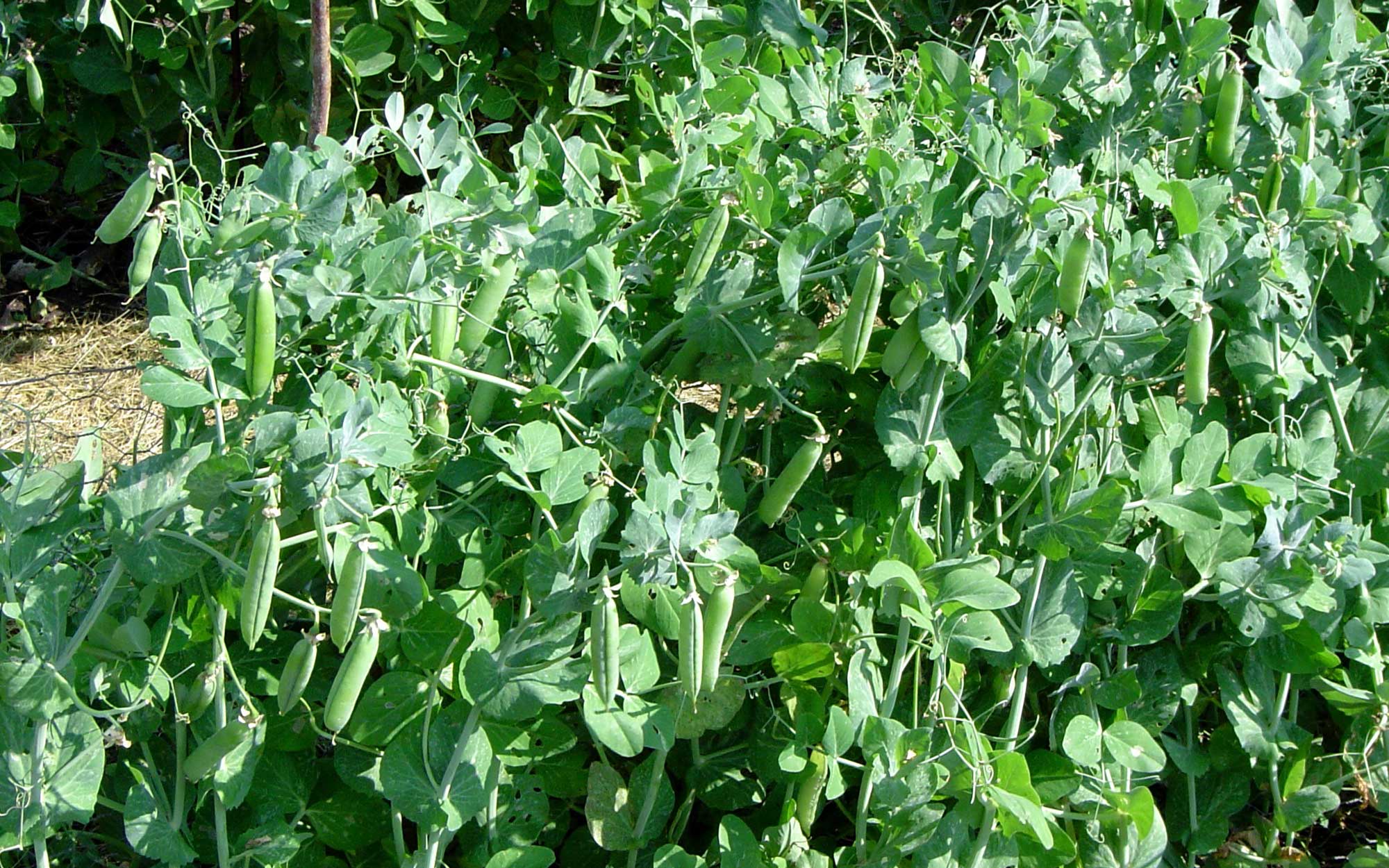
General Description: The most common type in American gardens is the shelling pea, also called the “garden pea” or “English pea.” Tender, sweet peas are removed from thin, tough pods before eating. Edible pod peas include the flat-podded snow peas, which may have a tough string, and sugar snap peas, which usually do not.
Types: Different plant types include tall vines, up to five feet, which need to be supported as they climb; these varieties bear over a longer period. The more common “bush” types are only two-to-three feet tall, and will flower and then set their crops all at once, for a shorter harvest period.
Fun Fact: Peas are an ancient food; they have even been found in the Egyptian tombs.
Planting

Sowing: Direct sow the seed into moist soil. Place the seeds in a row 1 to 1 ½ inches deep and 1 inch apart. Alternatively, two rows may be planted 2 or 3 inches apart. Cover gently with soil. Handle the seed carefully; pea seeds that are cracked are unlikely to germinate, especially in the cool soil of early spring.
Timeline: Plant as soon as the ground can be worked. Young pea plants can withstand light frosts and will grow at any temperature above 40°F. Days to harvest range from 50 to 75 days, depending on variety (Figure 2).
Plant Care
Fertilizing: Peas generally need little or no fertilizer when grown in soil. If grown in a container, a light dose of a fertilizer for fruiting plants, such as 5-10-10 may be applied early in their growth.
Trellising: Trellises, which can be as simple as a few stick placed into the ground along the row, or much more elaborate, help keep the plants upright and avoid diseases.
Watering: Moisten the soil thoroughly at planting, and soak the soil thoroughly when watering, letting the top ½ inch dry between waterings or rain. Depending on your soil, watering once a week may be adequate.
Weeding: Frequent, shallow cultivation will kill weeds before they become a problem. Or mulch heavily with straw or grass clippings.
Pests and Diseases
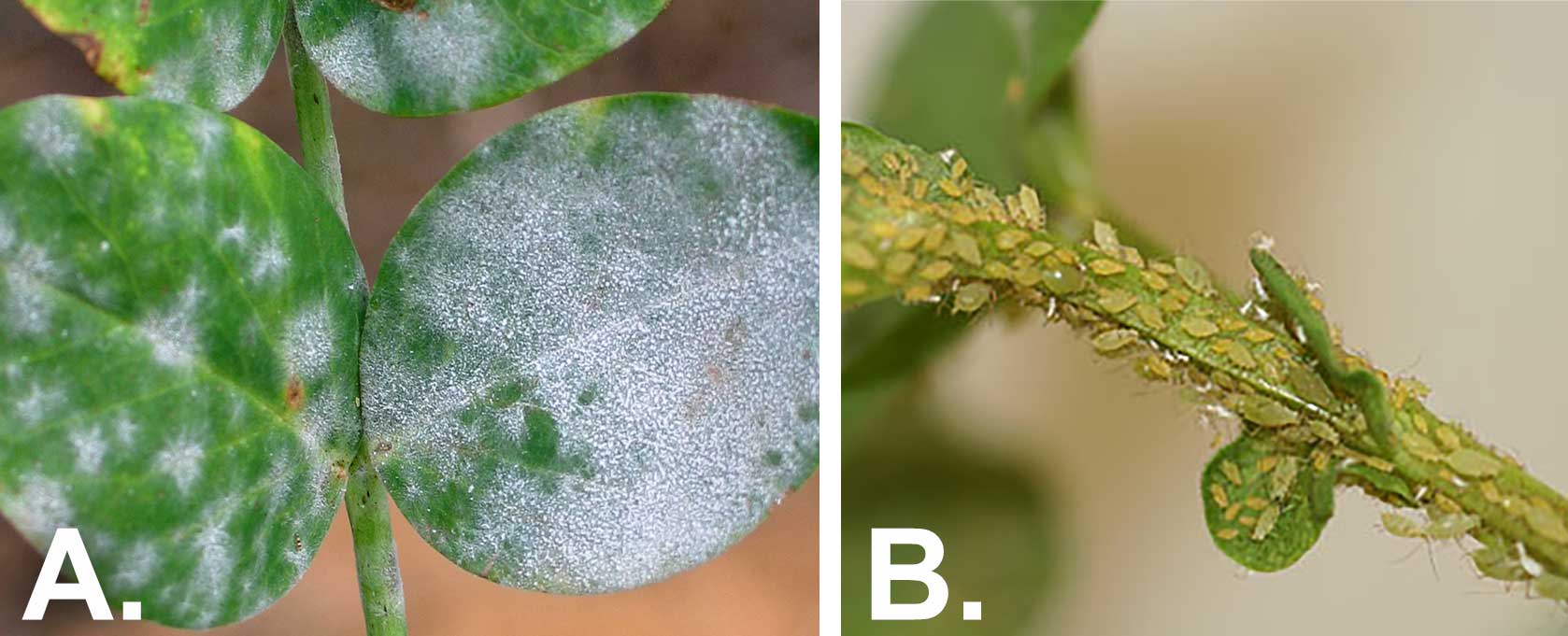
Major Diseases
- Powdery Mildew: Disease is common in hot weather. Leaves and pods can become covered in a whitish mold (Figure 3-A).
- Root Rotting Pathogens: The plants begin to brown and die from the soil up, and eventually collapse. Caused by cold wet weather followed by hot dry conditions.
Major Pests
- Cutworms: Cutworms can sever plants off near the soil due to their feeding.
- Aphids: Aphids are small insects that remove plant sap and often spread disease in the process (Figure 3-B). Can be found on the undersides of the leaves. The pods are rarely damaged.
Harvest and Storage
Harvest: Optimum pea harvest occurs as soon as the peas have achieved their full size, slightly larger than the dry seed you planted. Over-mature peas have a starchy flavor, less sweetness or even bitterness, thick, tough skins, and a firm or hard interior.
Average Yield: 3 pounds per 10-foot row.
Storage: Pick the peas and either shell immediately, then cool, or cool immediately for shelling later. Store peas in a cool, humid place with temperatures ranging from 32° to 40°F.
Preparation
Cooking Tips: Sugar snap peas are commonly used in stir-frying, steaming and sautéing, or even fresh in salads. Peas are easy to freeze. For more details on preparing and preserving peas, see our Pick it! Try it! Like it! resource for peas.
Nutrition Facts: Fat and cholesterol free, source of vitamin C and K, low calorie and good source of fiber.
